Heat is vital to everybody’s life. Heat is required for the survival of all living beings. In absence of heat or right temperature, a large percentage of the population of the world may be dead. Sun caters to most of the heat demands from the earth. However, if heat came only from the sun rays, a larger area of the earth would be inhabitable for man. Artificial heating (thermal heating) is therefore necessary.
In addition to this there are many technical processes that are only possible through heat example cooking, boiling, textile etc.. Heat is therefore necessary for heating buildings and many industrial purposes. Water as a heat carrier has many favorable properties such as high energy absorption and easy transport-ability.
Water is easily available everywhere and is not harmful to the environment. Boiling point at atmospheric pressure is relatively low however when temperature is higher than 100 degree C the heat carrier can be pressurized which causes the boiling point to be raised.
Design of an industrial boiler
Industrial boiler systems can cope with much more pressure than pressure cookers.These boilers are made up of thick iron plates which can be as thick as 36 mm. Making pressure of 300 psi and more possible.
Hot water and steam boilers are usually similar in design. The boiler pressure vessel is usually horizontal , cylindrical tubes closed at both sides with an end plate insulated at both sides.
There is a combustion chamber in which fuel is burnt (1 pass) and an internally situated reversible chamber which again reverse the flue gas and lead them back in 2nd smoke tube pass.
On the front of the boiler there is an external reversing chamber which again reverse the flue gases and lead them to the end of the boiler in 3 pass smoke tubes.
Hot water boilers are usually completely filled with water during operation. Steam boilers on the other hands are usually 3/4th filled with water, the upper quarter is the steam space.
How Industrial Boiler System Works
The heart of an industrial boiler system is a hot water or steam boiler operated with a certain kind of fuel. The boiler heats up or boils the water inside it which is then delivered to the consumers via steam pipe lines.
In case of hot water the transport energy is generated by pumps, in case of steam the transport energy is based on inherent pressure. The cooled water or the condensed steam returned to the boiler where it can be heated again.
Loss of water must be compensated by adding more water to the boiler to prevent corrosion. Flue gas generated by the combustion chamber discharged into the atmosphere through a chimney. Sometimes an efficient system used the residual heat in flue gases.
Industrial Applications of Boiler
Industrial hot water boiler systems for generating thermal heat are very similar to the household heating boiler. The main difference is that industrial boilers are dimensionally larger than household heating boilers so their heating capacity is not only significant for only family but also for hotels , hospitals.
The common use of boiler system are as follow:
- Laundry and cleaning firms
- Food industry
- Rubber Industry
- Breweries
- Building material industry
- Sewer pipe rehabilitation’
- Agriculture
- Ceramic industry and many more.
Steam Boiler: A Cost-Effective Way to Generate Heat FAQ
A steam boiler is a device that generates steam by using heat to vaporize water. Steam boilers are used in a variety of industries, including manufacturing, power generation, and food processing.
There are two main types of steam boilers: fire-tube boilers and water-tube boilers. Fire-tube boilers have a firebox that heats tubes that carry water. Water-tube boilers have water tubes that carry water through a firebox.
Steam boilers can be used for a variety of purposes, including:
Heating water
Generating steam for power generation
Sterilizing food and medical equipment
Heating buildings
Drying materials
Steam boilers offer a number of benefits, including:
High efficiency
Versatility
Long lifespan
Low maintenance costs
Steam boilers also have a few drawbacks, including:
High initial cost
Potential for safety hazards
Complex maintenance requirements
When choosing a steam boiler, it is important to consider the following factors:
The size of the boiler
The type of fuel that will be used
The desired output
The safety features
The maintenance requirements
Steam boilers can be purchased from a variety of sources, including:
Boiler manufacturers
Industrial supply houses
Online retailers
The cost of a steam boiler will vary depending on the size, type, and features of the boiler. In general, steam boilers can cost anywhere from a few thousand Rs to several hundred thousand RS.
The installation of a steam boiler should be done by a qualified installer. The installation process will vary depending on the type of boiler, but it will typically involve the following steps:
Preparing the installation site
Installing the boiler
Connecting the boiler to the fuel source
Connecting the boiler to the water system
Testing the boiler
Steam boilers require regular maintenance to ensure safe and efficient operation. The maintenance schedule will vary depending on the type of boiler, but it will typically include the following tasks:
Cleaning the boiler
Inspecting the boiler for leaks and damage
Replacing worn or damaged parts
Testing the boiler for leaks and damage





